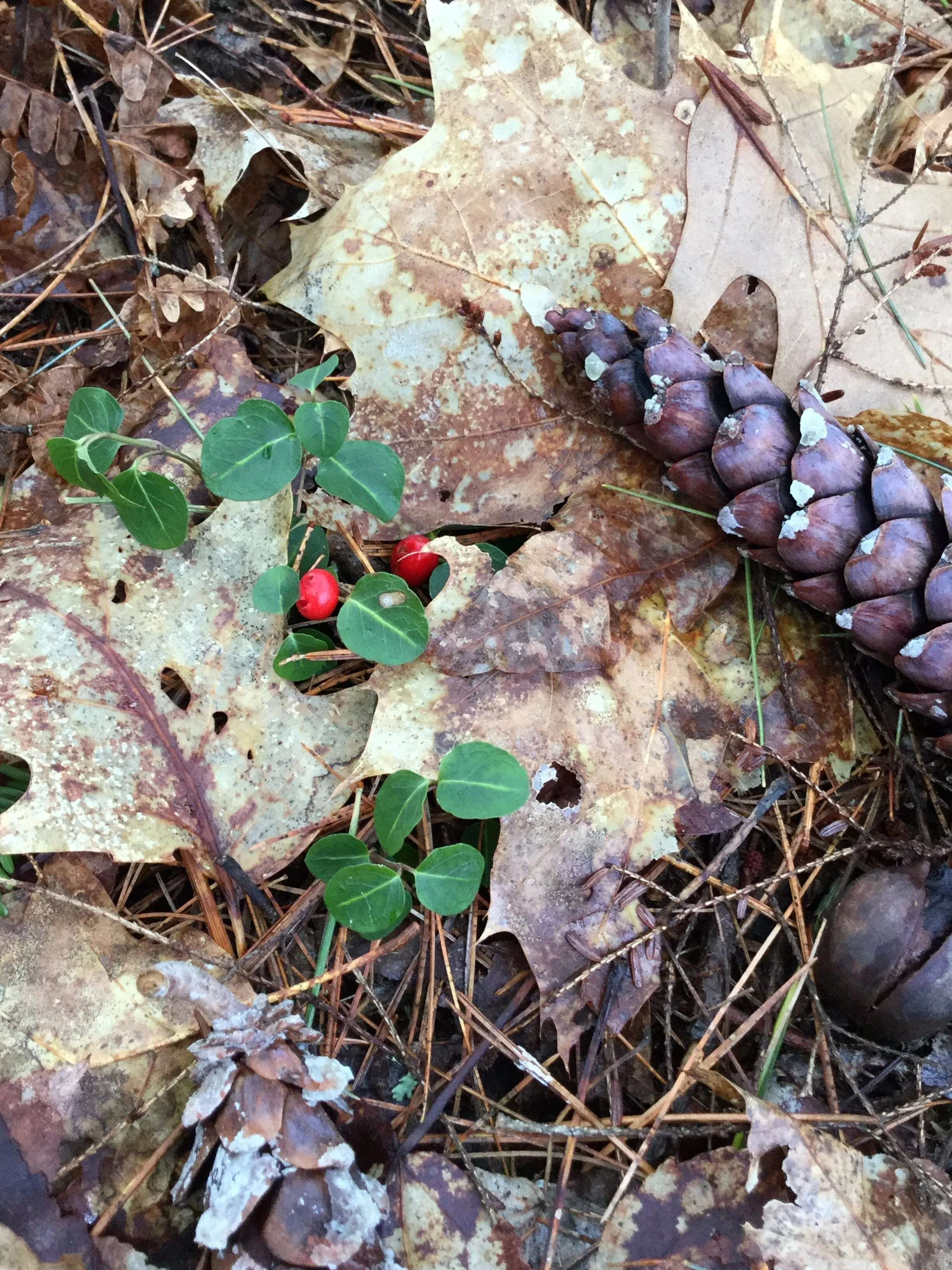Each new season offers us opportunities to notice the always-changing world around us, and spring is a thrilling time to take our noticing outdoors.
On Thursday, March 25 from 10AM-12:30PM, for a springtime exploration on and off trail through parts of the CLC’s Clark Reserve. As the forest, trails and woodland pools transition from winter to spring, we’ll search for plants and animals that may be just emerging or becoming more active. What are the changes happening in the natural world and what evidence can we spot that points to who lives where?
The Clark Reserve is a 163-acre property with portions managed for forestry, while other portions are left unmanaged. A mixed forest with intermittent streams and vernal pools, interesting geology, and historical evidence provides opportunities for many discoveries. As the snow leaves, we’ll search for signs of spring and clues to how plants and animals survived the cold and snow. The walk will be casual and designed for people of all ages; bring your questions and enthusiasm for being outside in the early spring! The walk will allow exploration along moderate terrain both on and off trail. Wear comfortable walking shoes for the conditions and dress in layers for the weather. A snack and water is always a good thing to have in your pockets or pack.
Please wear a mask—we’ll practice social distancing, but face coverings will be used if we gather around to look at something. Please email lflaccus@chocorualake.org with your phone number to let us know you’ll join us—numbers and parking are limited, and we want to be able to reach you if plans change, including if the State of NH issues new Covid-19 directives. Access to the Clark Reserve is on the north side of Chocorua Lake Road, just east and downhill from the intersection with Philbrick Neighborhood Road. If Chocorua Lake Road is still closed for the winter, we’ll park in the plowed area in front of the blocks.
Naturalist Lynne Flaccus has more than 30 years of experience in land conservation and stewardship, managing protected properties, studying wildlife, and educating adults and children.
Banner image: Partridgeberries, pinecones, acorns, oak leaves on the forest floor. Photo: Lynne Flaccus

